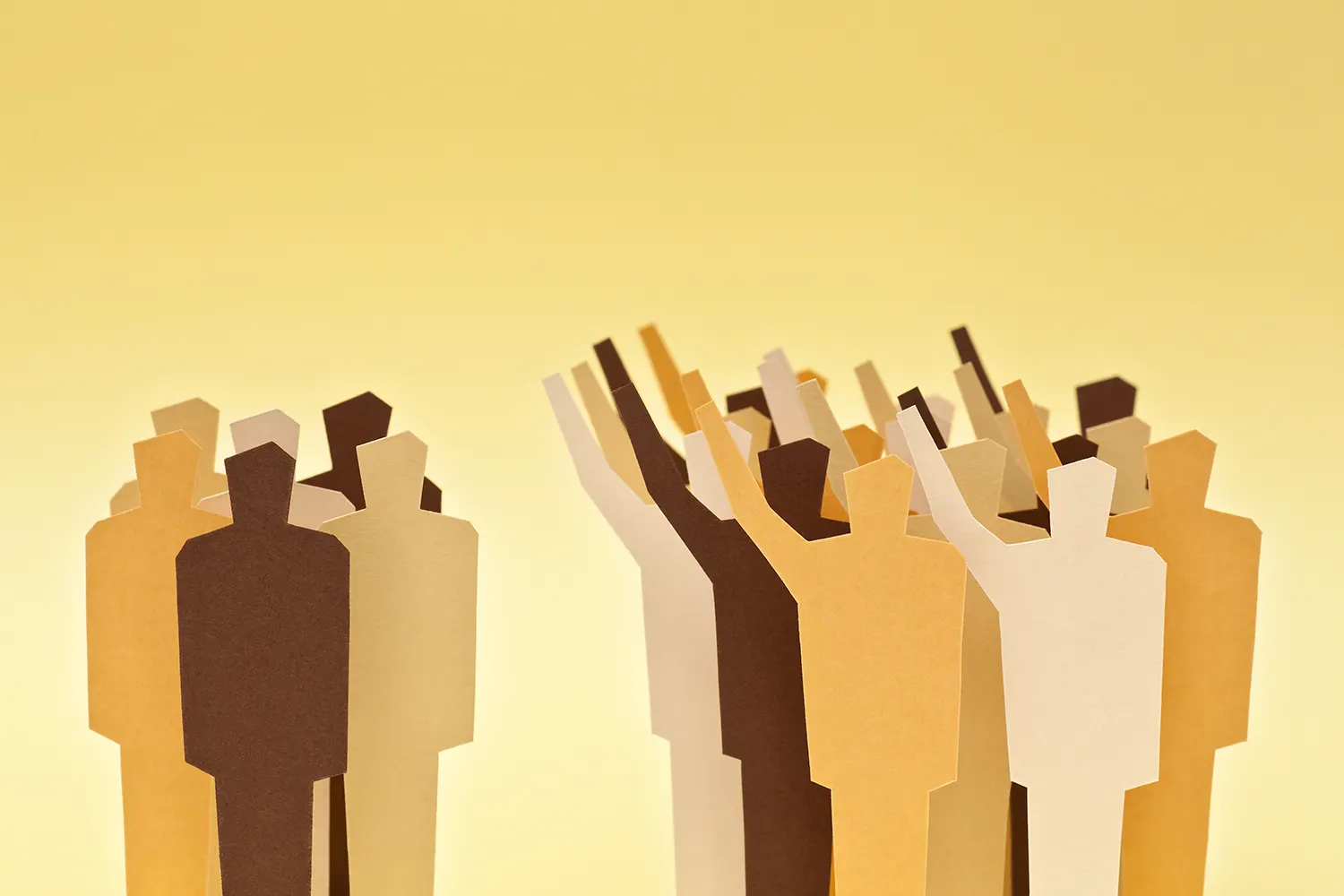EOTO #2 The Spiral of Silence Theory
The Spiral of Silence Theory, proposed by German political scientist Elisabeth Noelle-Neumann in 1974, offers a profound insight into how public opinion is formed and the role of social pressure in shaping individual expression. At its core, the theory states that individuals are less likely to voice their opinions if they perceive themselves to be in the minority, due to fear of social isolation or reprisal.
The implications of the Spiral of Silence are significant and multifaceted. On one hand, this theory explains why certain opinions become dominant in public discourse while others fade into the background, even if those minority opinions are widely held. It highlights the power of perceived public opinion in suppressing dissent and the role of media in reinforcing majority viewpoints.
The Spiral of Silence Theory has both positive and negative aspects. Some of the Positive aspects include social cohesion and preventing harmful speech.  In some cases, the Spiral of Silence can contribute to social cohesion by minimizing conflict and fostering a consensus on societal norms and values. This can be beneficial in maintaining order and stability within a community. Additionally, by discouraging the expression of extremist or harmful viewpoints, this phenomenon can protect vulnerable groups from harassment and discrimination. On the other hand some negative aspects include suppression of diversity and marginalization. The theory has a dark side, as it can lead to the suppression of diverse perspectives and innovative ideas. When people are afraid to express dissenting opinions, societal progress can be stifled. Also, minority groups may feel marginalized and disenfranchised if their voices are systematically silenced. This can perpetuate cycles of inequality and hinder efforts toward social justice.
In some cases, the Spiral of Silence can contribute to social cohesion by minimizing conflict and fostering a consensus on societal norms and values. This can be beneficial in maintaining order and stability within a community. Additionally, by discouraging the expression of extremist or harmful viewpoints, this phenomenon can protect vulnerable groups from harassment and discrimination. On the other hand some negative aspects include suppression of diversity and marginalization. The theory has a dark side, as it can lead to the suppression of diverse perspectives and innovative ideas. When people are afraid to express dissenting opinions, societal progress can be stifled. Also, minority groups may feel marginalized and disenfranchised if their voices are systematically silenced. This can perpetuate cycles of inequality and hinder efforts toward social justice.

 The Spiral of Silence affects society on multiple levels. The Spiral of Silence affects rich and poor, old and young, male and female, gay and straight and the majority and minority groups. Wealthier individuals often have greater platforms and resources to express their opinions, thus reinforcing their viewpoints as the dominant ones. Conversely, poorer individuals might feel more pressure to conform to these dominant opinions to avoid social or economic repercussions. Younger generations, more active on social media, might experience different dynamics of the Spiral of Silence compared to older generations who rely more on traditional media. Social media can amplify minority voices, potentially counteracting the Spiral of Silence to some extent.
The Spiral of Silence affects society on multiple levels. The Spiral of Silence affects rich and poor, old and young, male and female, gay and straight and the majority and minority groups. Wealthier individuals often have greater platforms and resources to express their opinions, thus reinforcing their viewpoints as the dominant ones. Conversely, poorer individuals might feel more pressure to conform to these dominant opinions to avoid social or economic repercussions. Younger generations, more active on social media, might experience different dynamics of the Spiral of Silence compared to older generations who rely more on traditional media. Social media can amplify minority voices, potentially counteracting the Spiral of Silence to some extent.
Women might be more susceptible to the Spiral of Silence in environments dominated by male opinions. Gender-based social pressures can discourage women from voicing their opinions, particularly on issues perceived as male-dominated. Additionally, LGBTQ+ individuals might experience the Spiral of Silence more acutely in conservative or non-inclusive environments, where expressing their true selves could lead to social ostracism or discrimination. Cultural and Ethnic Minority groups may often feel the pressure of the Spiral of Silence, especially in societies where their perspectives are underrepresented in mainstream media.
Understanding the Spiral of Silence Theory is crucial for recognizing the dynamics of public opinion and the social pressures that shape it. While the theory highlights the potential for social cohesion and the suppression of harmful speech, it also warns against the dangers of marginalizing minority voices and stifling societal progress. By fostering an environment where diverse opinions are encouraged and respected, society can mitigate the negative effects of the Spiral of Silence and promote a more inclusive and dynamic public discourse.
Sources:
Noelle-Neumann, E. (1993). The Spiral of Silence: Public Opinion – Our Social Skin. University of Chicago Press.
Glynn, C. J., Hayes, A. F., & Shanahan, J. (1997). Perceived support for one's opinions and willingness to speak out: A meta-analysis of survey studies on the “spiral of silence”. Public Opinion Quarterly, 61(3), 452-463.
Hampton, K. N., Rainie, L., Lu, W., Shin, I., & Purcell, K. (2014). Social media and the ‘spiral of silence’. Pew Research Center.


No comments:
Post a Comment